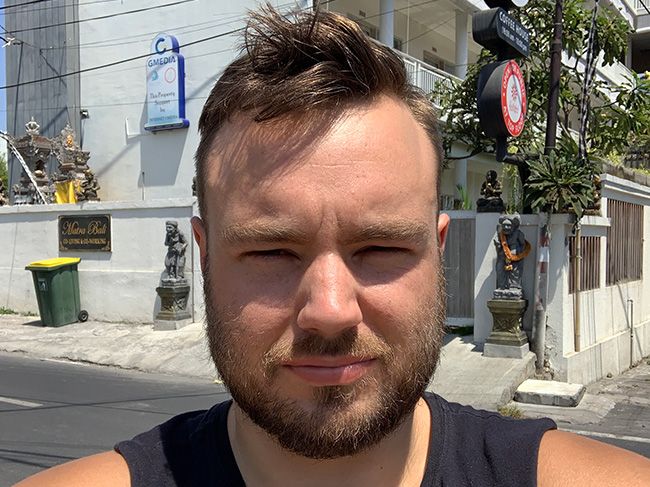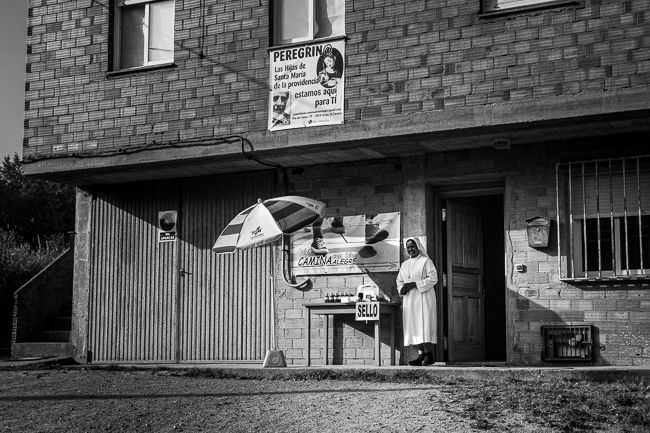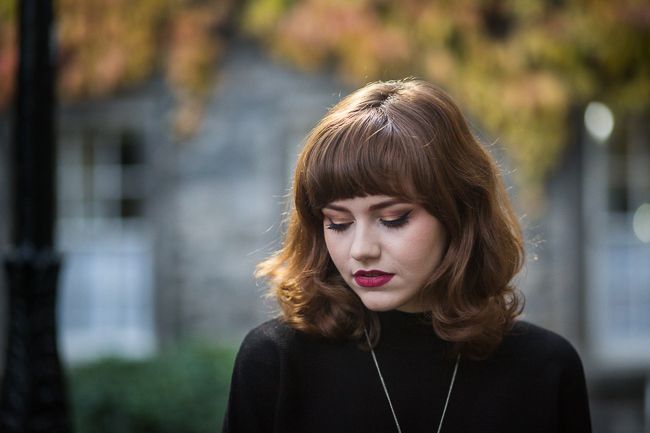In photography, there are two kinds of light: hard light and soft light. Let's look at the difference between them, and why it matters.
But in my opinion, there's only one kind of light, and it all exists on a hard-to-soft spectrum. In fact, it's almost impossible to find a completely hard or soft light source in the real world. Instead, light is either harder or softer relative to other light. Still, the two labels are useful.
What Is Hard Light?
Hard light comes from a small light source relative to the size of the subject. It casts hard-edged, firmly delineated, directional shadows, which is how you can recognize it.
Think of the sun. It's actually quite a small light source when it's high in the sky, so it gives off hard light. That's why the shadows cast on a sunny day are so strongly defined.
Any small light source will give off similarly strong shadows. Indoor lighting is pretty hard, as are street lights, car lights, and most other artificial lights. The built-in flash on your smartphone or camera is also an incredibly hard light source, as it's so small.
Relative size matters here. If you're taking portraits with an external flash, you might have a relatively hard light source---but if you used the same one to take macro photographs of Lego sets, it would appear much softer.
What Is Soft Light?
Soft light comes from a large light source relative to the subject. It casts soft-edged, gradual shadows without much definition. Soft light often occurs when hard light sources are reflected, diffused, or otherwise bounced around.
For example, while the sun is a hard light source, on a cloudy day, you can get incredible soft light from it. The clouds diffuse it, so instead of all the light coming from a single point, it comes from the entire sky.
Similarly, you can get mostly soft light when you stand in the shadow of a building or an alley. Windows are another good source of soft light, and you can also get it just before the sun rises and right after it sets, where light is getting reflected instead of directly hitting your subject.
Which Do I Want in My Photos?
While there are few absolutes in photography and both hard and soft light have their places, soft light is generally preferable.
Hard light gives a lot of dimensionality and drama to your images. However, that's not always a good thing. It can add too much contrast and tends to make people look a bit off. It can also emphasize small blemishes and spots. These are all reasons why direct flash can be hard to work with.
Soft light, on the other hand, is a lot more natural-looking, and it's especially flattering for portraits. There are fewer harsh shadows, so it's much easier to get well-exposed images.
It's not that you can't take great photos with hard light. It's just that soft light is easier to get right.
However, if you plan to take photos in the real world, you're going to have to deal with both hard and soft light---and everything in between. While you can manipulate your light sources in the studio, out in the wild, you have to work with what's there. Understanding the kind of available light will inform your other creative decisions.






